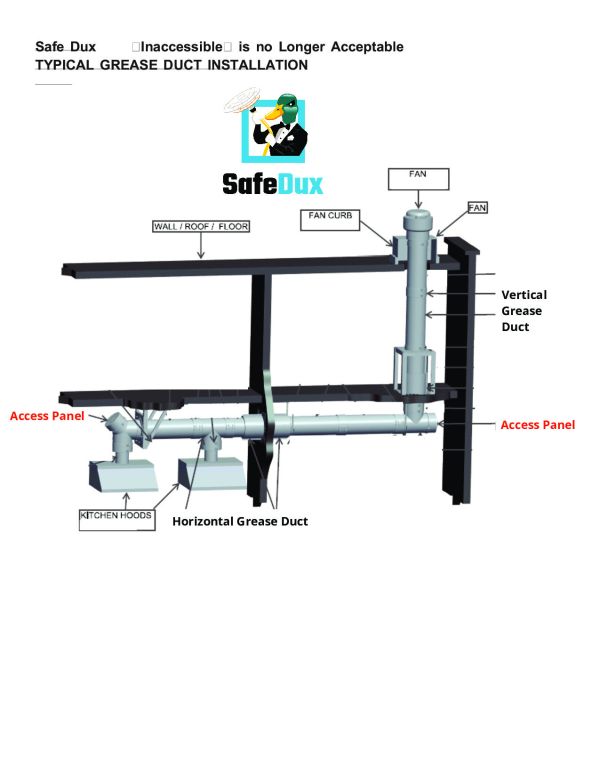
Commercial cooking produces carbon monoxide
In a multistory building with a restaurant in it, there are many fire concerns, but not all of them can be seen or felt. Commercial cooking can produce carbon monoxide (CO) if proper ventilation and maintenance of cooking appliances are not in place. In commercial kitchens, gas stoves, and ovens are commonly used, and if not maintained properly, they can produce CO.

For example, a poorly maintained commercial gas stove or oven can result in incomplete combustion of natural gas, which can release CO into the kitchen. Additionally, the use of gas-fired equipment such as grills, fryers, and charbroilers can also produce CO if not properly vented.
Commercial kitchens are required to have exhaust systems in place to remove heat, smoke, and cooking odors. Proper maintenance of exhaust hoods, ducts, and fans is also important to prevent the buildup of CO and other dangerous gases.
It's essential to follow safety guidelines and regulations in commercial kitchens to ensure that employees and customers are not exposed to harmful levels of CO. Carbon monoxide is a toxic gas that can cause symptoms ranging from headaches and dizziness to nausea, confusion, and even death in high concentrations.

